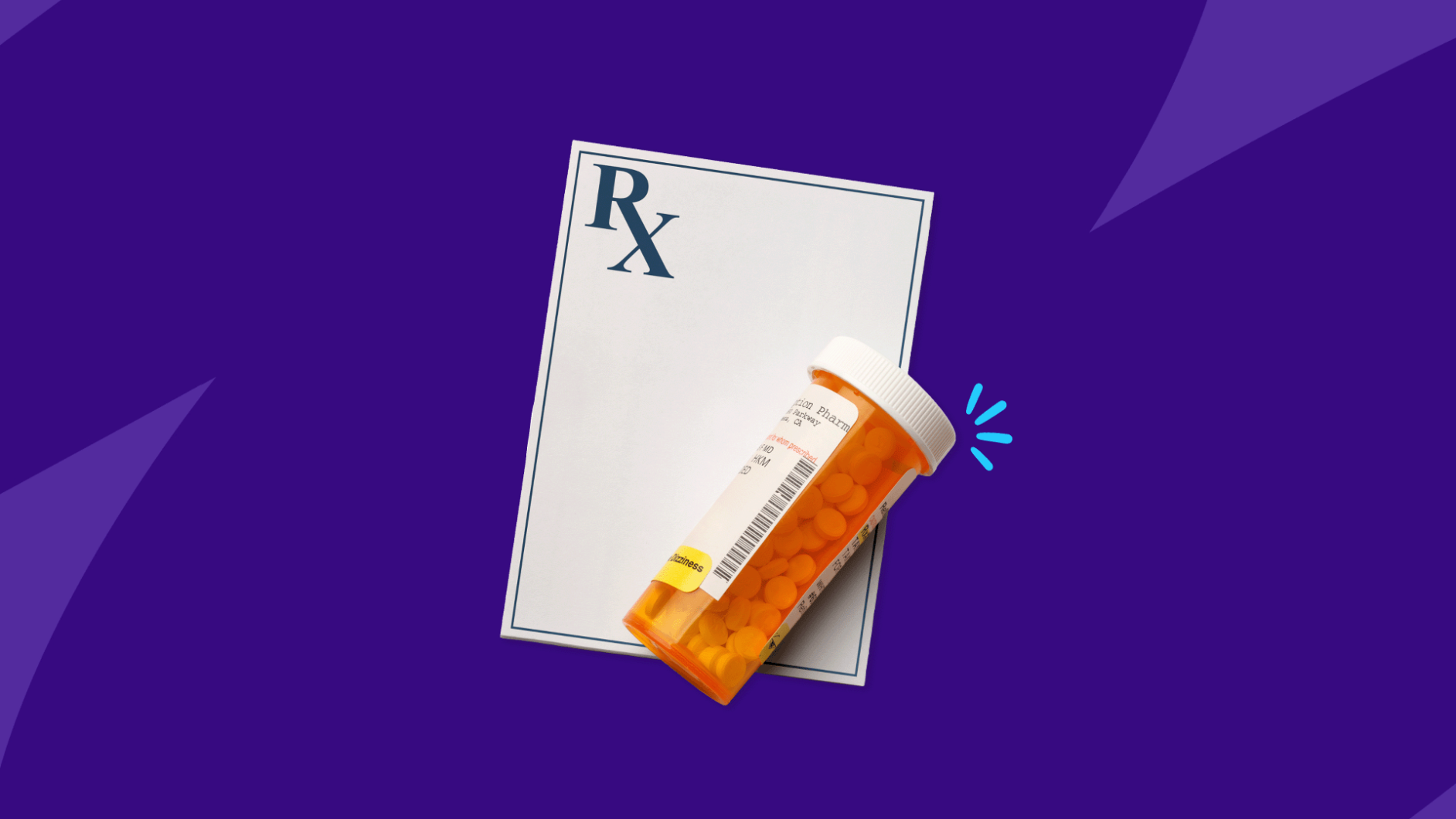Compare clindamycin alternatives | Doxycycline | Amoxicillin | Augmentin | Bactrim | Zithromax | Natural alternatives | How to switch meds
Clindamycin is an antibiotic that’s used to treat several types of bacterial infections, such as pneumonia, skin infections, and stomach infections. It’s typically only prescribed for infections when penicillin isn’t an option. Clindamycin is available in several forms, such as an oral capsule, injection, topical cream, and intravaginal suppository. Clindamycin belongs to a class of drugs called lincosamide antibiotics. It works by blocking bacterial protein synthesis. This stops the growth and spread of bacteria. Clindamycin is a generic medication but is also available as a brand-name drug called Cleocin.
While clindamycin is an effective treatment option for people, it may not be the safest antibiotic for everyone. Clindamycin has a boxed warning, the strongest warning issued by the Food and Drug Administration (FDA). Clindamycin’s boxed warning is due to its risk of a severe, life-threatening infection called Clostridium difficile-associated diarrhea (CDAD). Clindamycin can change the normal bacteria in the intestine, leading to an overgrowth of a bacteria called C. difficile. This bacteria can cause inflammation in the colon, which can cause mild to severe diarrhea or life-threatening colitis. Almost all antibiotics have a risk of CDAD; however, clindamycin is known to have the highest risk. Therefore, clindamycin should only be prescribed for serious infections when other less toxic antibiotics aren’t an option.
People may also seek an alternative treatment if clindamycin isn’t clearing their infection fully. Whatever the reason is, there are alternative medications to clindamycin that you can discuss with your healthcare professional.
RELATED: 8 antibiotics that cause C.Diff
What can I take in place of clindamycin?
Other options are available to treat infections that do not improve with clindamycin or when clindamycin is causing side effects. These alternative prescription medications include other lincosamide antibiotics or other types of antibiotics, such as macrolides, beta-lactams, and fluoroquinolones. These options may suit certain people due to their different uses, side effect profiles, and dosages.
Compare Cleocin (clindamycin) alternatives |
|||
|---|---|---|---|
| Drug name | Uses | Dosage | Savings options |
| Clindamycin (Cleocin) | Serious bacterial infections, including:
|
Take 150 mg to 450 mg by mouth every 6 hours | Clindamycin coupons |
| Doxycycline (Vibramycin, Oracea, Doryx) | Bacterial infections, including:
|
Varies depending on the medical condition being treated. A typical dosage is 100 mg by mouth once or twice a day. | Doxycycline coupons |
| Azithromycin (Zithromax) | Bacterial infections, including:
|
Varies depending on the medical condition being treated. A typical dosage is 500 mg by mouth as a single dose on day 1, followed by 250 mg once daily on days 2 through 5. | Azithromycin coupons |
| Amoxicillin | Bacterial infections, including:
|
Varies depending on the medical condition being treated. A typical dosage is 500 mg by mouth every 8 hours. | Amoxicillin coupons |
| Cephalexin (Keflex) | Bacterial infections, including:
|
Take 250 mg by mouth every 6 hours. | Cephalexin coupons |
| Metronidazole (Flagyl) | Bacterial infections, including:
|
Varies depending on the medical condition being treated. | Metronidazole coupons |
| Ciprofloxacin (Cipro) | Bacterial infections, including:
|
Varies depending on the medical condition being treated. A typical dosage is 500 mg to 750 mg by mouth every 12 hours | Ciprofloxacin coupons |
| Levofloxacin (Levaquin) | Bacterial infections, including:
|
Varies depending on the medical condition being treated. A typical dosage is 250 mg to 750 mg orally every 24 hours. | Levofloxacin coupons |
| Bactrim (sulfamethoxazole/trimethoprim) | Bacterial infections, including:
|
Varies depending on the medical condition being treated. A typical dosage is 800 mg/160 mg orally every 12 hours. | Bactrim coupons |
| Augmentin (amoxicillin/clavulanate) | Bacterial infections, including:
|
Varies depending on the medical condition being treated. A typical dosage is 875 mg/125 mg orally every 12 hours. | Augmentin coupons |
| Lincomycin | Serious bacterial infections | Varies depending on the medical condition being treated. This medication is an intramuscular (in the muscle) or intravenous (in the vein) injection. | Lincomycin coupons |
Other alternatives to clindamycin
- Minocycline
- Penicillin V Potassium
- Cefuroxime
- Cefaclor
- Cefprozil
- Cefpodoxime
- Cefdinir
- Suprax (cefixime)
- Cefditoren
- Ceftibuten
- Ery-Tab (erythromycin)
- Clarithromycin
- Vancomycin
- Gemifloxacin
- Moxifloxacin
- Norfloxacin
- Zyvox (linezolid)
Top 5 clindamycin alternatives
The following are some of the most common alternatives to clindamycin.
1. Doxycycline
Doxycycline is a tetracycline antibiotic that is used to treat a wide range of bacterial infections, such as acne, urinary tract infections, and eye infections. Similar to clindamycin, doxycycline stops the growth and spread of bacteria. However, doxycycline isn’t recommended for children 8 and older, unlike clindamycin. The recommended dosage varies depending on your infection type, but it’s usually taken once or twice a day.
Like clindamycin, doxycycline has a risk of CDAD, and the severity can range from mild to life-threatening. Doxycycline can also make your skin sensitive to sunlight, so it’s important to wear sunscreen and sun-protective clothing outdoors.
Certain medications can interfere with the way doxycycline works. This is called a drug interaction. Because of this, tell your healthcare provider or pharmacist about the medications, vitamins, herbs, and supplements you take. Common side effects of doxycycline include nausea, vomiting, diarrhea, and stomach pain.
2. Amoxicillin
Amoxicillin is another antibiotic that is used to treat a variety of bacterial infections, including ear, nose, and throat infections, skin infections, and lower respiratory tract infections. It belongs to a class of drugs called penicillins and works by killing bacteria. The recommended dosage depends on the type of infection being treated. But it’s usually taken 2 to 3 times per day.
While clindamycin is available as an oral capsule and liquid, amoxicillin is available in many forms that can be taken by mouth. This includes a liquid suspension, capsule, tablet, and chewable tablet. It’s a commonly prescribed antibiotic for pediatric patients. However, it shouldn’t be taken in people with hypersensitivity to penicillins or cephalosporins.
As with all antibiotics, including clindamycin, amoxicillin can cause CDAD. Other side effects of amoxicillin include diarrhea, rash, vomiting, and nausea.
3. Augmentin (amoxicillin/clavulanate)
Augmentin is another alternative to clindamycin. It’s a combination medication containing amoxicillin and clavulanic acid. This combination makes Augmentin effective against more pathogens compared to amoxicillin alone. Augmentin treats many bacterial infections, including pneumonia, ear infections, sinus infections, and urinary tract infections. While clindamycin is typically taken 4 times daily, Augmentin is usually only 2 to 3 times daily.
Common adverse effects of Augmentin include diarrhea, nausea, skin rash, and vomiting.
4. Bactrim (sulfamethoxazole/trimethoprim)
Bactrim is another combination antimicrobial agent that contains sulfamethoxazole and trimethoprim. It’s used to treat several types of infections, such as ear infections, urinary tract infections, bronchitis, traveler’s diarrhea, and certain types of pneumonia. Bactrim belongs to a class of drugs called sulfonamides. It stops bacteria from making essential materials that help them grow and spread. Bactrim is typically taken only twice a day.
While clindamycin is prescribed for children of all ages, Bactrim is not recommended for children younger than 2 months old. It also shouldn’t be taken by someone who has had an allergic reaction to sulfa drugs.
Like clindamycin, Bactrim also has a risk of CDAD. Other side effects of Bactrim of Bactrim include nausea, vomiting, loss of appetite, rash, and skin sensitivity to sunlight.
5. Zithromax (azithromycin)
Zithromax is another antibiotic used to treat infections caused by bacteria. It’s used to treat infections such as bronchitis, sinus infections, certain types of pneumonia, and ear infections. The recommended dosage of Zithromax depends on the infection you have, but it’s typically a 5-day course of treatment. In comparison, clindamycin may be prescribed for at least 10 days for certain infections. Common side effects of Zithromax include diarrhea, nausea, stomach pain, and vomiting.
While clindamycin can be used in children of all ages, Zithromax should only be used in people 6 months and older.
Zithromax is available as an oral tablet and a liquid suspension. While clindamycin is available as an oral capsule and liquid.
Natural alternatives to clindamycin
The jury is still out on natural alternatives to antibiotics. However, some natural substances or foods may have antibacterial properties. Examples include garlic, honey, and oregano.
There is some evidence that garlic has antimicrobial properties. Garlic has been proven effective against many bacteria, including Salmonella, E. coli, and Staphylococcus aureus.
Honey has been known to have antimicrobial and wound-healing activity. Its antimicrobial activity may come from its production of hydrogen peroxide, its low pH level, and its high sugar content. Manuka honey has proven effective against E. coli, Enterobacter aerogenes, Staphylococcus aureus, and beta-hemolytic streptococci.
Oregano is known to have antimicrobial properties against fungi and bacteria that are commonly found in spoiled food. This is especially true when oregano is made into an essential oil.
While there is evidence that these foods and herbs have antimicrobial qualities, these aren’t substitutes for prescription medications. Always discuss all therapy options with your doctor to find the best treatment for your condition.
How to switch to a clindamycin alternative
All antibiotics have specific types of infections they can treat, and they all come with their risks. If you want to switch to a clindamycin alternative, discuss your options with a healthcare professional before changing your drug regimen. If it’s safe for you to make the switch, you and your healthcare provider will determine the best way for you to do so. Don’t stop taking clindamycin on your own. Stopping clindamycin before you finish your prescription can worsen your infection or cause it to return. If cost is why you’re looking for an alternative to clindamycin, SingleCare has a prescription discount card that can help. Present the card at your local pharmacy for the best savings on clindamycin or other antibiotics.
Sources
- Amoxicillin capsules, for oral use, DailyMed (2022)
- Amoxicillin and clavulanate potassium, DailyMed (2022)
- Antibacterial and antifungal activities of spices, National Center for Biotechnology Information (2017)
- Azithromycin tablets, DailyMed (2023)
- Bactrim sulfamethoxazole and trimethoprim DS (double strength) tablets and tablets, USP, DailyMed (2021)
- Cephalexin capsules for oral use, DailyMed (2021)
- Ciprofloxacin tablet for oral use, DailyMed (2023)
- Doxycycline capsules USP, DailyMed (2023)
- Garlic: a review of potential therapeutic effects, National Center for Biotechnology Information (2014)
- Honey: its medicinal property and antibacterial activity, National Center for Biotechnology Information (2011)
- Levofloxacin tablets for oral use, DailyMed (2022)
- Lincomycin injection USP, DailyMed (2022)
- Metronidazole tablets, DailyMed (2022)











